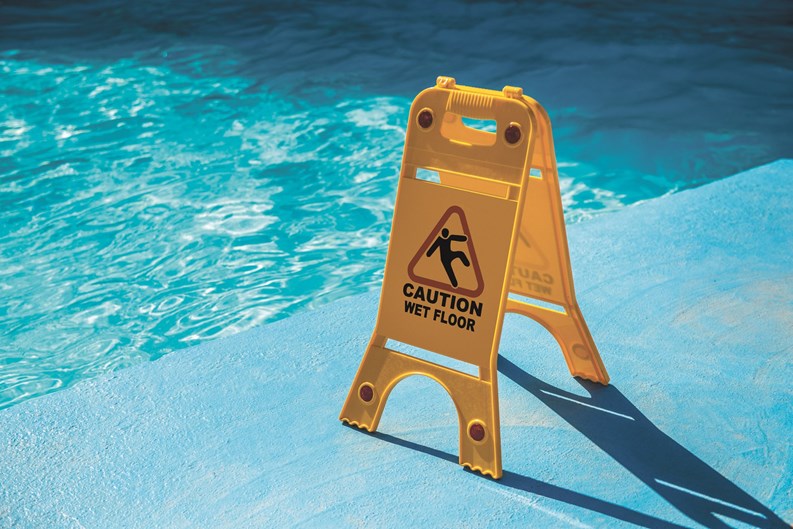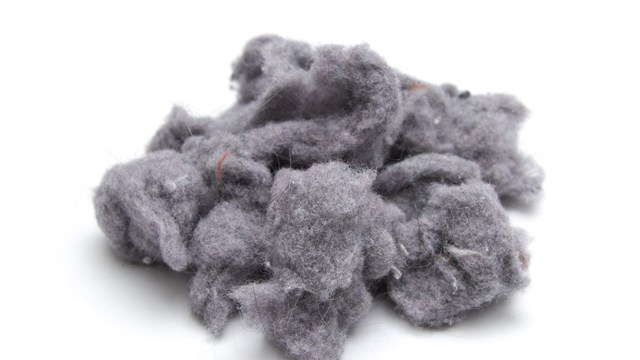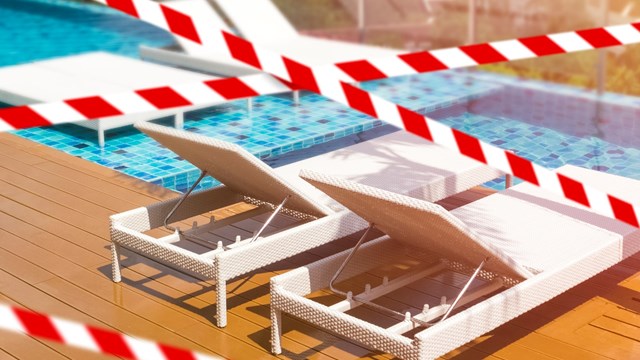One of the biggest perks of modern multifamily living is the all-inclusive, amenity-rich building or HOA. Depending on your own building’s offerings, you can go to the gym, swim, have a spa treatment, entertain your kids in the community playroom, or even take in a movie. When you add in food delivery services, work-from-home arrangements, and Netflix, you don’t really have to leave the building if you don’t want to.
Keeping amenities well-maintained is crucial to retaining their value and protecting the safety of those who use them – but that maintenance goes beyond just keeping the floors swept and the lights on. What about hygiene? Is the spa as clean as you would like to believe? Is the children’s playroom a real-life petri dish? Is the screening room a stopover for bed bugs or roaches?
Insuring the Best Conditions
Gail Hamilton is the New York City director and partner with Professional Fitness Management, a firm that manages building amenities in the greater New York/New Jersey and Washington D.C. markets. She has more than 30 years’ experience in the field and has worked all over the continental U.S. “For each facility,” she says, “you want to make sure there is adequate signage with the rules and regulations, disclaimers, emergency procedures and contact personnel displayed inside the facility. For instance, ‘slippery when wet’ around pool areas and in shower areas. Things that reduce risk to the property and personnel should be posted and clearly understandable. There should also be training in place for any on-site personnel.”
Vincent Rapolla, a property manager at 77 Hudson Street in Jersey City, a 420-unit high-rise condominium building, says: “The top priority is to maintain a safe, hygienic environment.” One of the means his team uses to accomplish that is a system of sign-offs to keep track of what’s going on in the association’s various amenity areas – particularly the pool and health club. Done by the maintenance staff, the sign-offs keep track of what safety and hygiene measures where completed, and at what time. “This way I can always tell our clients with certainty that we are keeping the facility in top shape,” he says.
Pools and Spas
“Pools, saunas, and so forth are known as ‘bathing establishments,’” in industry lingo, says Hamilton. “And a bathing establishment comes under the auspices of the Department of Health in New York City. There are approximately 15 signage bullet points pertaining to pool safety and hygiene. There are four [inspection] cycles per year, and city inspectors come around unannounced. A pool has to be permitted, and once the pool is permitted, the permit goes to the Department of Health, which then comes and does an inspection. If you don’t have any violations, they come back about every three months or so. If you do have a violation, and you can correct it on the spot, they don’t close you down – but if you can’t, they will close you down on the spot. When you rectify the issue, they will return and re-inspect within a few weeks.”







Leave a Comment